13.7 Tangent Lines, Normal Lines, and Tangent Planes
Derivatives and tangent lines go hand-in-hand. Given , the line tangent to the graph of at is the line through with slope ; that is, the slope of the tangent line is the instantaneous rate of change of at .
When dealing with functions of two variables, the graph is no longer a curve but a surface. At a given point on the surface, it seems there are many lines that fit our intuition of being “tangent” to the surface.
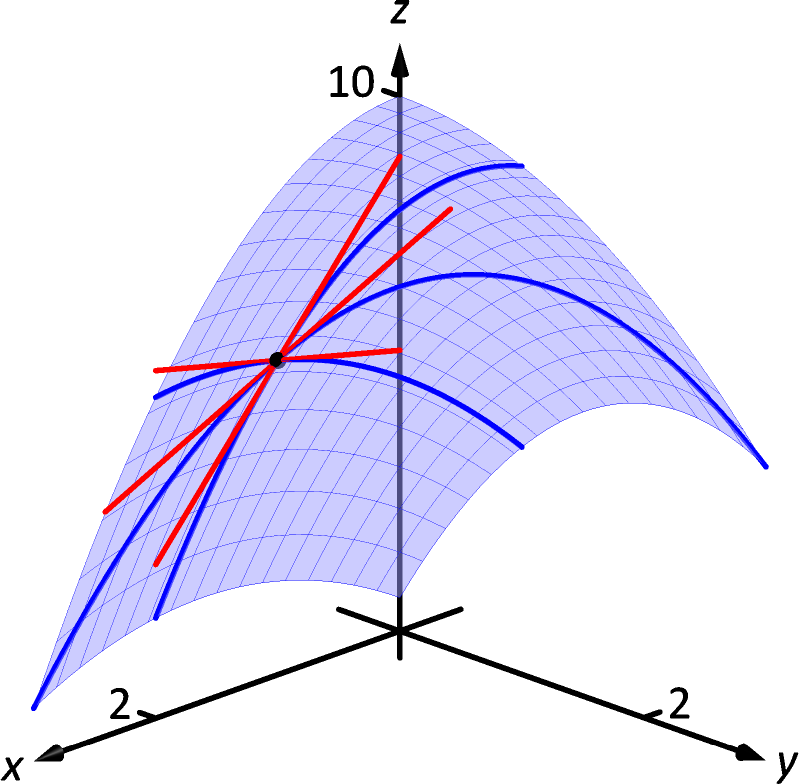 Figure 13.7.1: Showing various lines tangent to a surface.
Figure 13.7.1: Showing various lines tangent to a surface.
In Figure 13.7.1 we see lines that are tangent to curves in space. Since each curve lies on a surface, it makes sense to say that the lines are also tangent to the surface. The next definition formally defines what it means to be “tangent to a surface.”
Definition 13.7.1 Directional Tangent Line
Let be differentiable on an open set containing and let be a unit vector. The line through parallel to is the tangent line to in the direction of at .
We will also follow the convention that
It is instructive to consider each of three directions given in the definition in terms of “slope.” The direction of is ; that is, the “run” is one unit in the -direction and the “rise” is units in the -direction. Note how the slope is just the partial derivative with respect to . A similar statement can be made for . The direction of is ; the “run” is one unit in the direction (where is a unit vector) and the “rise” is the directional derivative of in that direction.
Definition 13.7.1 leads to the following parametric equations of directional tangent lines:
Example 13.7.1 Finding directional tangent lines
Find the lines tangent to the surface at in the and directions and also in the direction of
SolutionThe partial derivatives with respect to and are:
At , the -value is 0.
Thus the parametric equations of the line tangent to at in the directions of and are:
††margin:
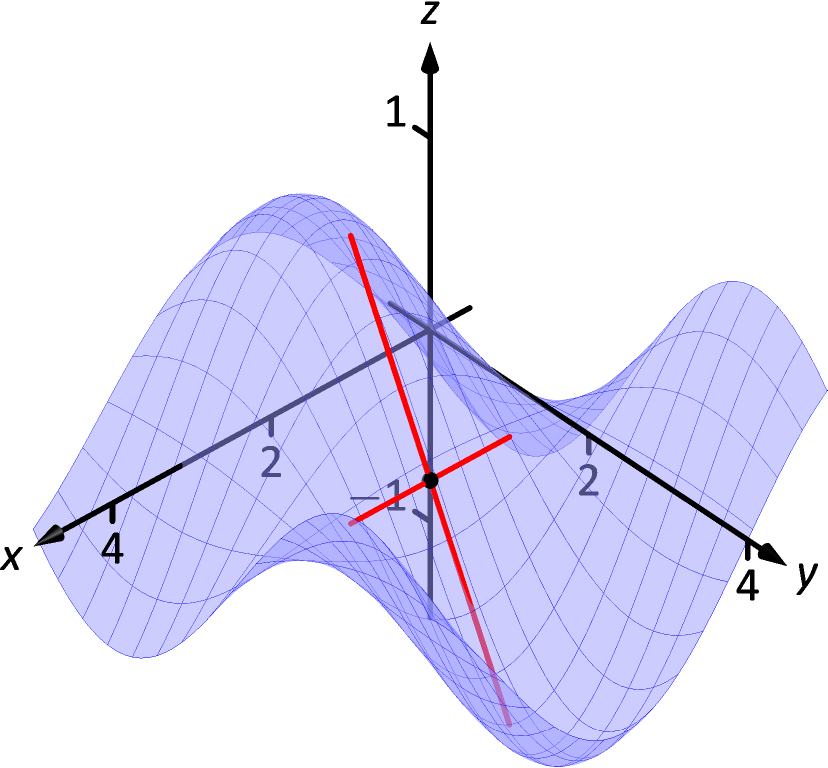 (a)
(a)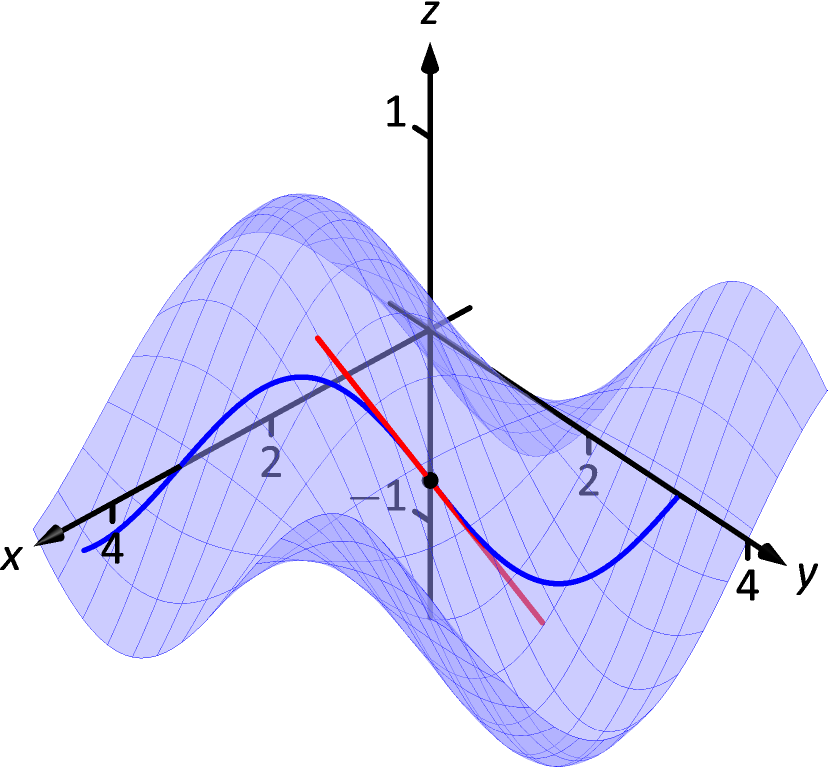 (b)
Figure 13.7.2: A surface and directional tangent lines in Example 13.7.1.
(b)
Figure 13.7.2: A surface and directional tangent lines in Example 13.7.1.
The two lines are shown with the surface in Figure 13.7.2(a). To find the equation of the tangent line in the direction of , we first find the unit vector in the direction of : . The directional derivative at in the direction of is
Thus the directional tangent line is
The curve through in the direction of is shown in Figure 13.7.2(b) along with .
Example 13.7.2 Finding directional tangent lines
Let . Find the equations of all directional tangent lines to at .
SolutionFirst note that . We need to compute directional derivatives, so we need . We begin by computing partial derivatives.
Thus . Let be any unit vector. The directional derivative of at will be . It does not matter what direction we choose; the directional derivative is always 0. Therefore
††margin:
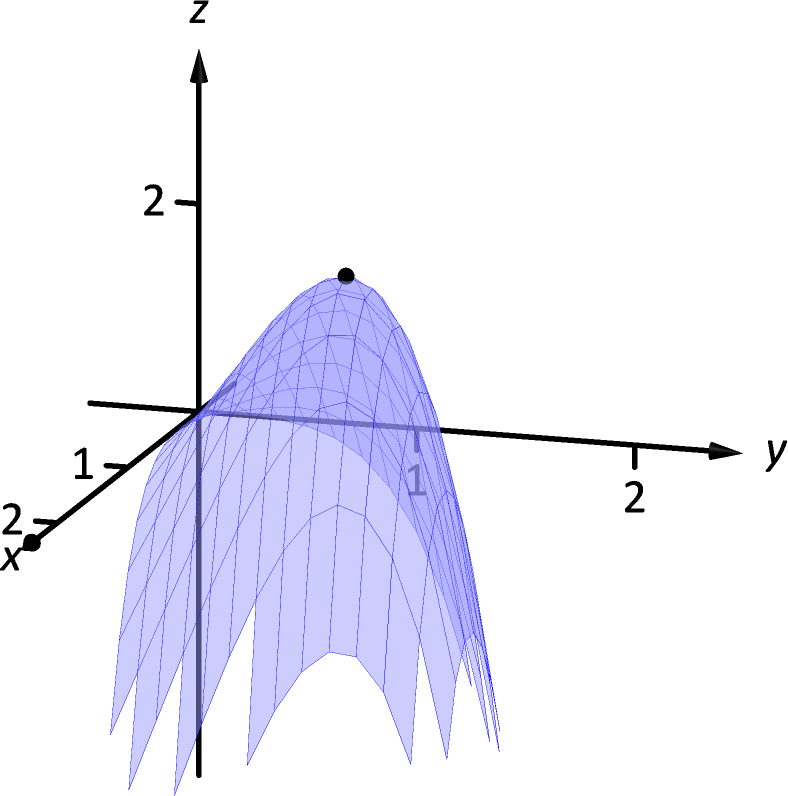 Figure 13.7.3: Graphing in Example 13.7.2.
Figure 13.7.3: Graphing in Example 13.7.2.
Figure 13.7.3 shows a graph of and the point . Note that this point comes at the top of a “hill,” and therefore every tangent line through this point will have a “slope” of 0.
That is, consider any curve on the surface that goes through this point. Each curve will have a relative maximum at this point, hence its tangent line will have a slope of 0. The following section investigates the points on surfaces where all tangent lines have a slope of 0.
Normal Lines
When dealing with a function of one variable, we stated that a line through was tangent to if the line had a slope of and was normal (or, perpendicular, orthogonal) to if it had a slope of . We extend the concept of normal, or orthogonal, to functions of two variables.
Let be a differentiable function of two variables. By Definition 13.7.1, at , is a line parallel to the vector and is a line parallel to . Since lines in these directions through are tangent to the surface, a line through this point and orthogonal to these directions would be orthogonal, or normal, to the surface. We can use this direction to create a normal line.
The direction of the normal line is orthogonal to and , hence the direction is parallel to . It turns out this cross product has a very simple form:
It is often more convenient to refer to the opposite of this direction, namely . This leads to a definition.
Definition 13.7.2 Normal Line
Let be differentiable on an open set containing .
-
1.
A nonzero vector parallel to is orthogonal to at .
-
2.
The line through with direction parallel to is the normal line to at .
Thus the parametric equations of the normal line to a surface at is:
Example 13.7.3 Finding a normal line
Find the equation of the normal line to at .
SolutionWe find and ; at , we have and . We take the direction of the normal line, following Definition 13.7.2, to be . The line with this direction going through the point is
††margin:
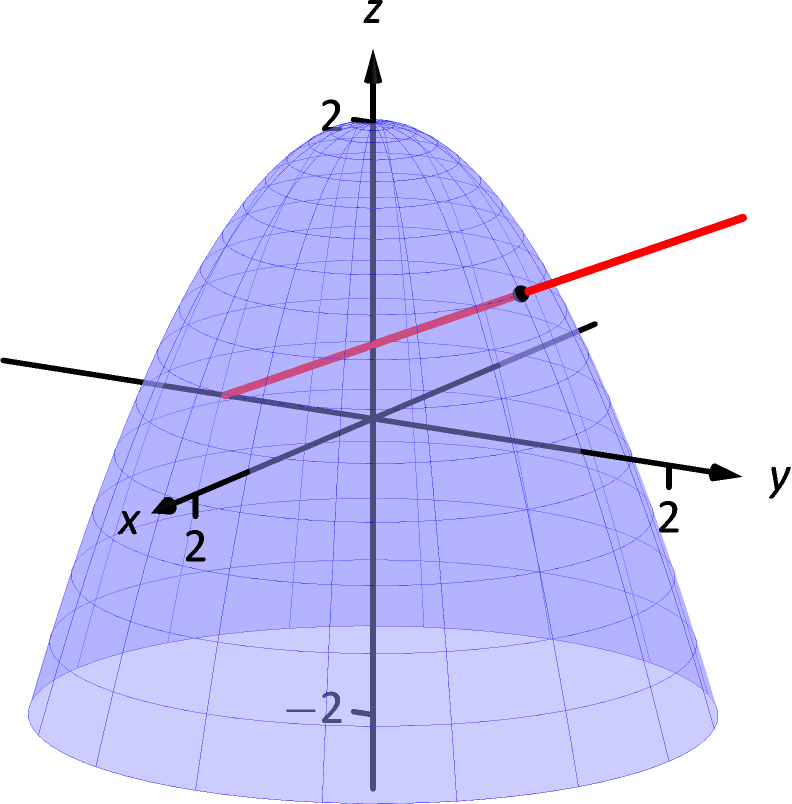 Figure 13.7.4: Graphing a surface with a normal line from Example 13.7.3.
Figure 13.7.4: Graphing a surface with a normal line from Example 13.7.3.
The surface , along with the found normal line, is graphed in Figure 13.7.4.
The direction of the normal line has many uses, one of which is the definition of the tangent plane which we define shortly. Another use is in measuring distances from the surface to a point. Given a point in space, it is a general geometric concept to define the distance from to the surface as being the length of the shortest line segment over all points on the surface. This, in turn, implies that will be orthogonal to the surface at . Therefore we can measure the distance from to the surface by finding a point on the surface such that is parallel to the normal line to at .
Example 13.7.4 Finding the distance from a point to a surface
Let and let . Find the distance from to the surface defined by .
SolutionThis surface is used in Example 13.7.2, so we know that at , the direction of the normal line will be . A point on the surface will have coordinates , so . To find where is parallel to , we need to find , and such that .
| This implies | ||||
In each equation, we can solve for :
The first two fractions imply , and so the last fraction can be rewritten as . Then
Now we consider the cubic polynomial . We have and so there is at least one real root by the Intermediate Value Theorem. Since there is at most one real root. Call this unique real root . Then and so the distance from to the surface is
What is ? In general it is difficult (or impossible) to find the roots of a polynomial explicitly. In this case we could use the cubic formula (if we happen to know it) to find
but this isn’t an especially useful representation for . We can approximate with a numerical technique (like the Bisection or Newton’s Method) or by using whatever algorithm is built into your calculator or favorite computer program. We find . Thus
We can take the concept of measuring the distance from a point to a surface to find a point a particular distance from a surface at a given point on the surface.
Example 13.7.5 Finding a point a set distance from a surface
Let . Let . Find points in space that are 4 units from the surface of at . That is, find such that and is orthogonal to at .
SolutionWe begin by finding partial derivatives:
The vector is orthogonal to at . For reasons that will become more clear in a moment, we find the unit vector in the direction of :
Thus a the normal line to at can be written as
An advantage of this parameterization of the line is that letting gives a point on the line that is units from . (This is because the direction of the line is given in terms of a unit vector.) There are thus two points in space 4 units from :
††margin:
 Figure 13.7.5: Graphing the surface in Example 13.7.5 along with points 4 units from the surface.
Figure 13.7.5: Graphing the surface in Example 13.7.5 along with points 4 units from the surface.
The surface is graphed along with points , , and a portion of the normal line to at .
Tangent Planes
We can use the direction of the normal line to define a plane. With , and , the vector is orthogonal to at . The plane through with normal vector is therefore tangent to at .
Definition 13.7.3 Tangent Plane
Let be differentiable on an open set containing , where
, , and .
The plane through with normal vector is the tangent plane to at . The standard form of this plane is
Example 13.7.6 Finding tangent planes
Find the equation of the tangent plane to at .
SolutionNote that this is the same surface and point used in Example 13.7.3.
††margin:
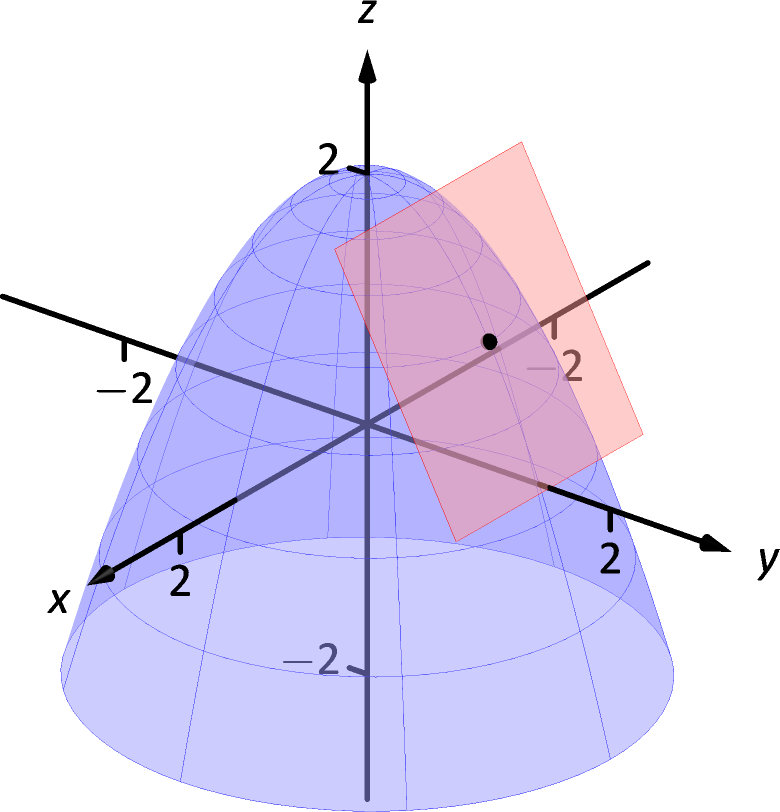 Figure 13.7.6: Graphing a surface with tangent plane from Example 13.7.6.
There we found and . Therefore the equation of the tangent plane is
Figure 13.7.6: Graphing a surface with tangent plane from Example 13.7.6.
There we found and . Therefore the equation of the tangent plane is
The surface and tangent plane are graphed in Figure 13.7.6.
Example 13.7.7 Using the tangent plane to approximate function values
The point lies on the surface of an unknown differentiable function where and . Find the equation of the tangent plane to at , and use this to approximate the value of .
SolutionKnowing the partial derivatives at allows us to form the normal vector to the tangent plane, . Thus the equation of the tangent line to at is:
| (13.5) |
Just as tangent lines provide excellent approximations of curves near their point of intersection, tangent planes provide excellent approximations of surfaces near their point of intersection. So
This is not a new method of approximation. Compare the right hand expression for in Equation (13.5) to the total differential:
Thus the “new -value” is the sum of the change in (i.e., ) and the old -value (4). As mentioned when studying the total differential, it is not uncommon to know partial derivative information about a unknown function, and tangent planes are used to give accurate approximations of the function.
The Gradient and Normal Lines, Tangent Planes
The methods developed in this section so far give a straightforward method of finding equations of normal lines and tangent planes for surfaces with explicit equations of the form . However, they do not handle implicit equations well, such as . There is a technique that allows us to find vectors orthogonal to these surfaces based on the gradient.
Recall that when , the gradient is orthogonal to level curves of . Theorem 13.6.3 part 3 made an analogous statement about the gradient , where . Given a point , let . Then is a level surface that contains the point and is orthogonal to this level surface. This direction can be used to find tangent planes and normal lines.
Example 13.7.8 Using the gradient to find a tangent plane
Find the equation of the plane tangent to the ellipsoid at .
SolutionWe consider the equation of the ellipsoid as a level surface of a function of three variables, where . The gradient is:
††margin:
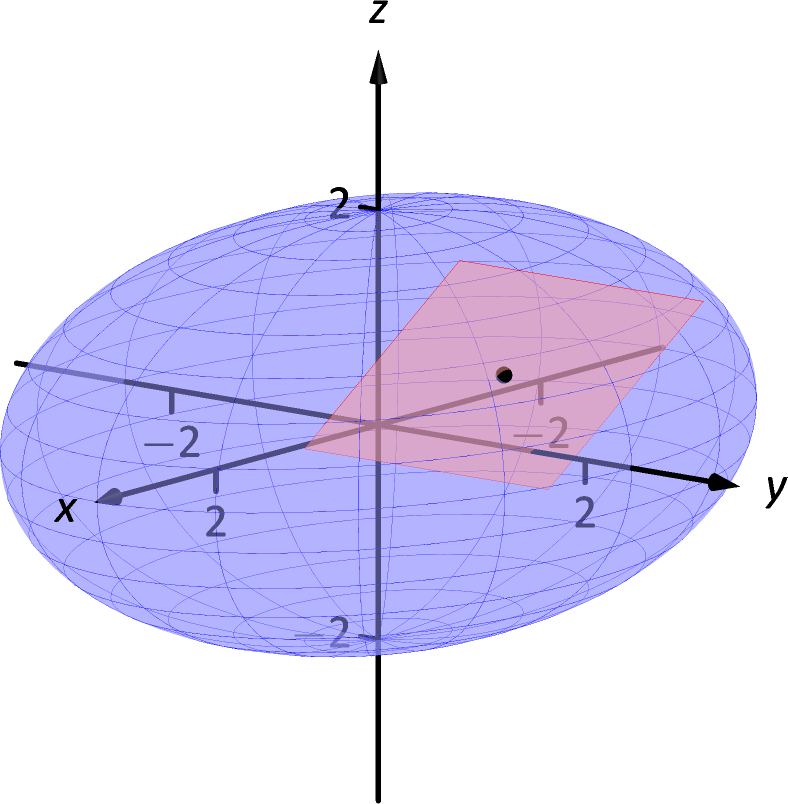 Figure 13.7.7: An ellipsoid and its tangent plane at a point.
Figure 13.7.7: An ellipsoid and its tangent plane at a point.
At , the gradient is . Thus the equation of the plane tangent to the ellipsoid at is
The ellipsoid and tangent plane are graphed in Figure 13.7.7.
Taylor Polynomials for Functions of Two Variables
We’ll take a slight detour at this point.
Recall from 9.9.1 that for a function , we have the -order Taylor polynomial about a point :
with an associated remainder . If we know that for all in an open interval containing and , then we can bound the remainder as well:
This section has shown that a function can be locally approximated near by
We can combine these ideas and talk about the Taylor polynomial for (for simplicity, we’ll take ). Let
| and in general, | ||||
and define the remainder by . Notice that each new term in consists of all the ways to get a polynomial in and of order along with the unique derivative that would make that polynomial a constant, divided by what that constant would be.
It is also possible to prove a bound on . Suppose that
for all and all within distance of the origin. Then for all within distance ,
Tangent lines and planes to surfaces have many uses, including the study of instantaneous rates of changes and making approximations. Normal lines also have many uses. In this section we focused on using them to measure distances from a surface. Another interesting application is in computer graphics, where the effects of light on a surface are determined using normal vectors.
The next section investigates another use of partial derivatives: determining relative extrema. When dealing with functions of the form , we found relative extrema by finding where . We can start finding relative extrema of by setting and to 0, but it turns out that there is more to consider.
Exercises 13.7
Terms and Concepts
-
1.
Explain how the vector can be thought of as having a “slope” of 3.
-
2.
Explain how the vector can be thought of as having a “slope” of .
-
3.
T/F: Let be differentiable at . If is a normal vector to the tangent plane of at , then is orthogonal to and at .
-
4.
Explain in your own words why we do not refer to the tangent line to a surface at a point, but rather to directional tangent lines to a surface at a point.
Problems
In Exercises 5–8, a function , a vector and a point are given. Give the parametric equations of the following directional tangent lines to at :
-
(a)
-
(b)
-
(c)
, where is the unit vector in the direction of .
-
5.
, , .
-
6.
, , .
-
7.
, , .
-
8.
, , .
In Exercises 9–12, a function and a point are given. Find the equation of the normal line to at . Note: these are the same functions as in Exercises 5–8.
-
9.
, .
-
10.
, .
-
11.
, .
-
12.
, .
In Exercises 13–16, a function and a point are given. Find the two points that are 2 units from the surface at . Note: these are the same functions as in Exercises 5–8.
-
13.
, .
-
14.
, .
-
15.
, .
-
16.
, .
In Exercises 17–20, a function and a point are given. Find the equation of the tangent plane to at . Note: these are the same functions as in Exercises 5–8.
-
17.
, .
-
18.
, .
-
19.
, .
-
20.
, .
In Exercises 21–24, an implicitly defined function of , and is given along with a point that lies on the surface. Use the gradient to:
-
(a)
find the equation of the normal line to the surface at , and
-
(b)
find the equation of the plane tangent to the surface at .
-
21.
, at
-
22.
, at
-
23.
, at
-
24.
, at
